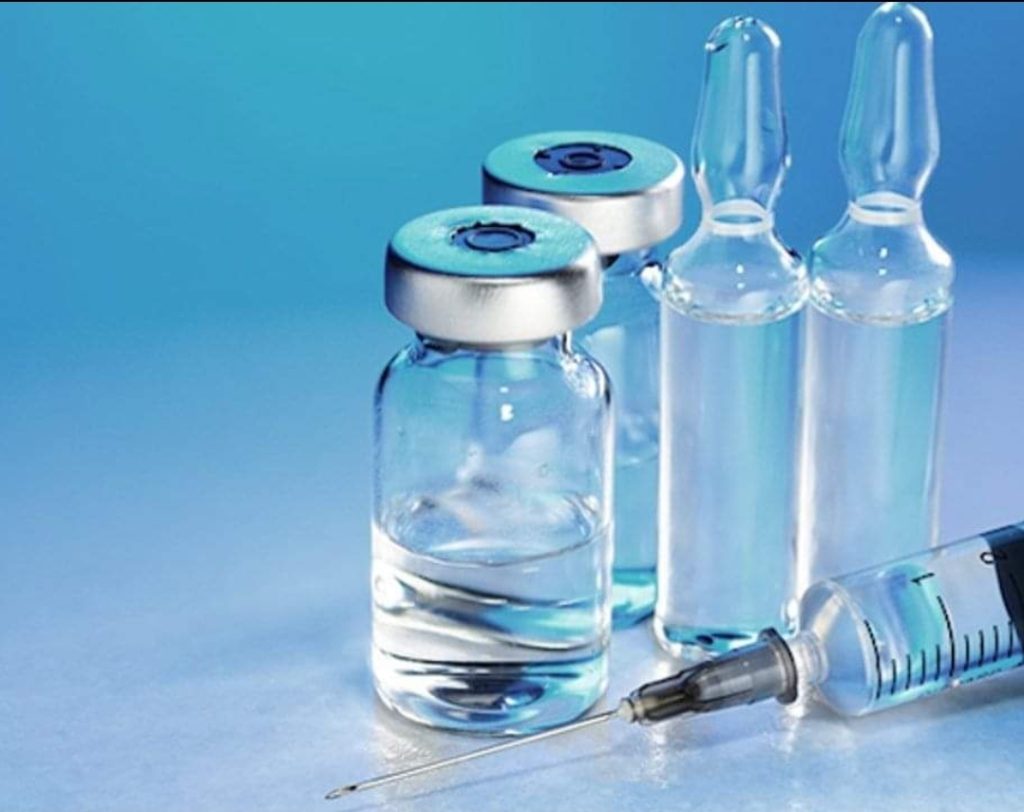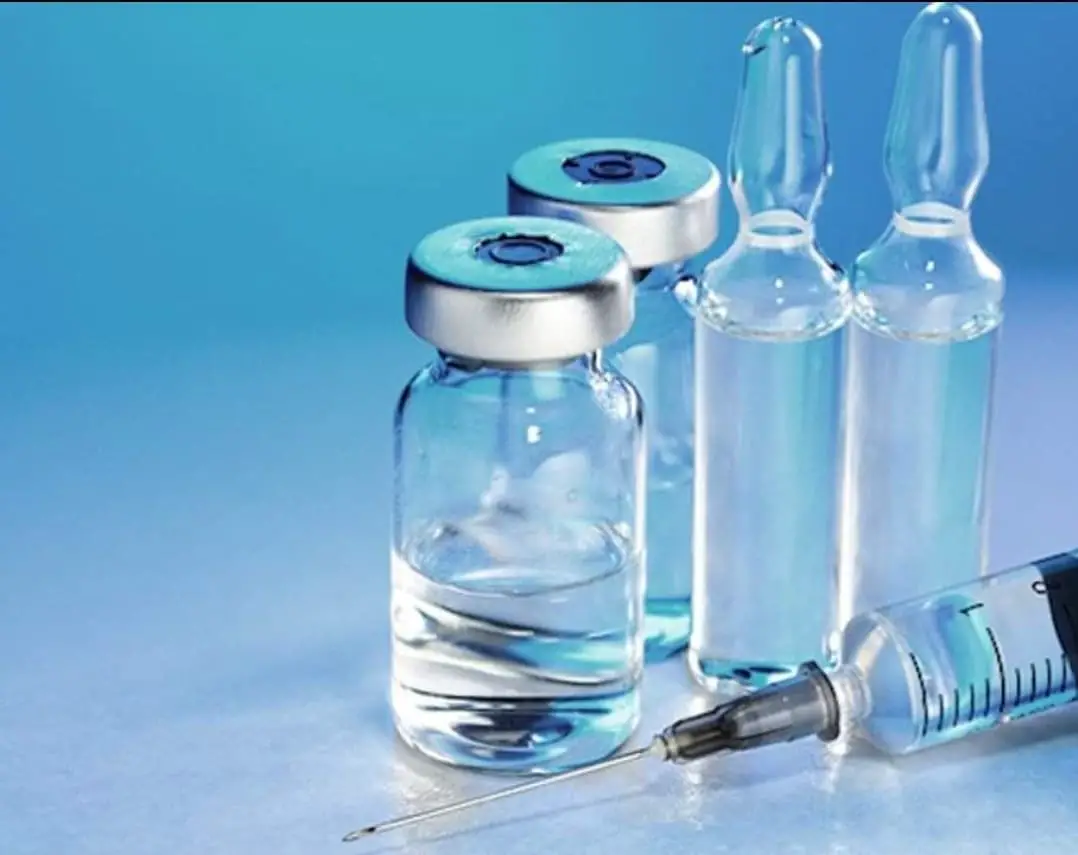Injectable preparations, also known as parenteral preparations, are sterile formulations used for parenteral infusion or implantation. They are administered by injection to maintain sterility and prevent contamination by foreign matter, pyrogens, microorganisms, and bacterial endotoxins. These preparations must be made using methods that ensure sterility.

Water for injection (WFI) is commonly used as a vehicle for injectable solutions and suspensions. Other suitable vehicles may be used, provided they are safe in the volume of injection administered and do not interfere with the therapeutic efficacy of the formulation. Additives such as buffers, antioxidants, chelating agents, preservatives, and stabilizers can be added to preparations. Coloring agents are not added just for the purpose of coloring the finished product.
Aqueous preparations administered by subcutaneous, intradermal, IM, or IV routes are made isotonic with blood by adding Sodium Chloride or a suitable agent. Buffering agents are not used for intraocular or intracardiac injection preparations or products that may gain access to the cerebrospinal fluid. Preservatives are added in multidose containers. Preservatives should not be added when the volume to be injected as a single dose exceeds 15 ml. Each final container of injectable preparation shall undergo individual inspection.
Types of injectable preparations:
There are five main types of injectable preparations:
- Injections.
- Powder for injection.
- Intravenous Infusion.
- Concentrated solutions for injections.
- Implants.
1. INJECTIONS:
Injections consist of sterile solutions, emulsions, or suspensions. They are prepared by dissolving, emulsifying, or suspending the active ingredients and other additives in water for injection or other suitable non-aqueous vehicles, or in a mixture of two if they are miscible.
Standards Test for Injections:
1) Particulate Matter: Must comply with the limit test for Particulate Matter.
2) Uniformity of Content: The preparation being examined complies with the test if in the total samples of 30 containers not more than one individual value is outside the limits 85% to 115% and none is outside the limits 75 % to 125 % of the average values. This test is not applicable for suspensions for injection containing Multivitamins and Trace elements.
3) Extractable Volume:
a) Volumes Less than 5 ml: The average content of 5 containers is not less than the nominal Volumes and not more than 115% of the nominal volumes.
b) Volume more than 5 ml: The average content of 3 containers is not less than the nominal volume and not more than 110% of the nominal volume.
Multidose containers labeled to yield a specific number of doses shall contain a sufficient excess to permit the withdrawal of the designated dosage numbers.
4) Sterility: Must comply with the Test for Sterility.
5) Pyrogen Test: Unless otherwise stated in the individual monograph, when the volume to be injected in a single dose is 10 ml or more, injections shall comply with the test for Pyrogen as per pharmacopoeia (See Pyrogen Test) unless the test for bacterial endotoxins is prescribed.
6) pH: Must comply with the specifications.
7) Weight per ml: Must comply with specifications.
8) Leak test for Ampoules: Ampoules must be leakproof.
2. POWDER FOR INJECTION:
Powder for injections is a pure, solid substance (including freeze-dried material) that is distributed in final containers. When shaken with the prescribed volume of the appropriate sterile liquid, it rapidly forms clear and practically particle-free solutions or a uniform suspension.
Standards Test for Powder of injection :
1) Content uniformity: As described under injections.
2) Weight uniformity: This test is not applicable for Powder for injection required to comply with the test for uniformity of content of all active ingredients. The test complies when more than two weights do not deviate from the average weight by more than 10%, and none deviates by more than 20% from 20 samples.
3) Sterility test: It should comply with the test for sterility.
4) Loss of drying: It should comply with specifications.
3. INFUSIONS:
Use sterile aqueous solutions or emulsions with water as the continuous phase. They are free from pyrogens or Bacterial Endotoxins. They are usually made isotonic with blood and do not contain any antimicrobial preservatives.
The Standard Test for Infusions:
1) Particulate Contamination: Intravenous infusions that are solutions and supplied in a container with a nominal content of 100 ml or more shall comply with the test for particulate matter.
2) Sterility: Shall comply with the test for Sterility.
3) Pyrogen: When no test for bacterial endotoxins is prescribed, intravenous infusions shall comply with the test for pyrogens. Unless otherwise stated in the individual monograph, inject 10 ml per kg of body weight into each animal.
4) Assay of Active ingredients: Shall comply with specifications.
5) pH: Shall comply with specifications.
6) Weight per ml: Shall comply with specifications.
7) Filled/Extractable Volumes: Shall comply with specifications.
4. CONCENTRED SOLUTION FOR INJECTION:
Concentrated solutions for injections are sterile solutions intended for administration by injection or by IV infusion only after dilution with a suitable liquid. After diluting these preparations, they should comply with the requirements of tests for injections or infusions as appropriate.
5. IMPLANTS:
Implants are sterile solid preparations of a specific size and shape designed for implantation into body tissues to release active ingredients over an extended period.
The Standard test for Implants:
- Sterility: Must comply with a test for Sterility.
- Assay content of active ingredients: Must comply with specifications.
- Average Weight of implants: Must comply with specifications.
- Rate of Release (Dissolution test): Must comply with the designed release period.
- Hardness: Must comply with specifications.
- Other tests: Conduct in-house tests if specified.
Related: Pharmaceutical Packaging
CLASSIFICATION OF PARENTERAL PREPARATIONS BASED ON PREPARATION:
1) Small Volume Parenterals (SVP)
2) Large Volume Parenterals (LVP)
Small Volume Parenteral:
Small Volume Parenteral (SVP) solutions are a type of sterile medication that is administered into the body through injection or infusion. These solutions come in small volumes, generally less than 100 ml.
Examples of Small Volume Parenteral (SVP) solutions include insulin, which is used in the management of diabetes via subcutaneous injections. These areas are used to preparation of the following:
- Preparation of small-volume parenteral solutions.
- Preparation of typical suspension formula.
- Preparation of freeze-dried powdered formula.
- Preparation of typical sterile dry fill powder for constitutions.
Preparations of ophthalmic preparations:
- Ophthalmic solutions.
- Ophthalmic suspensions.
- Ophthalmic gels.
- Preparations of ophthalmic ointments.
- Preparation of intraocular irrigating solutions.
- Intramammary infusions (gels, ointments).
- genetically engineered or biotechnology products. (Vaccines and oxides, recombinant DNA technology products).
- Preparations of liposome and lipid products.
- Implants.
Large Volume Parenteral:
A Large Volume Parenteral (LVP) is a type of parenteral solution that contains a volume greater than 100 ml. LVPs are used in hospitals for patients who are unable to take oral medications or fluids.
Common types of LVPs include normal saline, dextrose solutions, and Ringer’s lactate.

Naresh Bhakar is the Founder and Author at Pharmaguddu.com, bringing his extensive expertise in the field of pharmaceuticals to readers worldwide. He has experience in Pharma manufacturing and has worked with top Pharmaceuticals. He has rich knowledge and provides valuable insights and data through his articles and content on Pharmaguddu.com. For further inquiries or collaborations, please don’t hesitate to reach out via email at [email protected].

